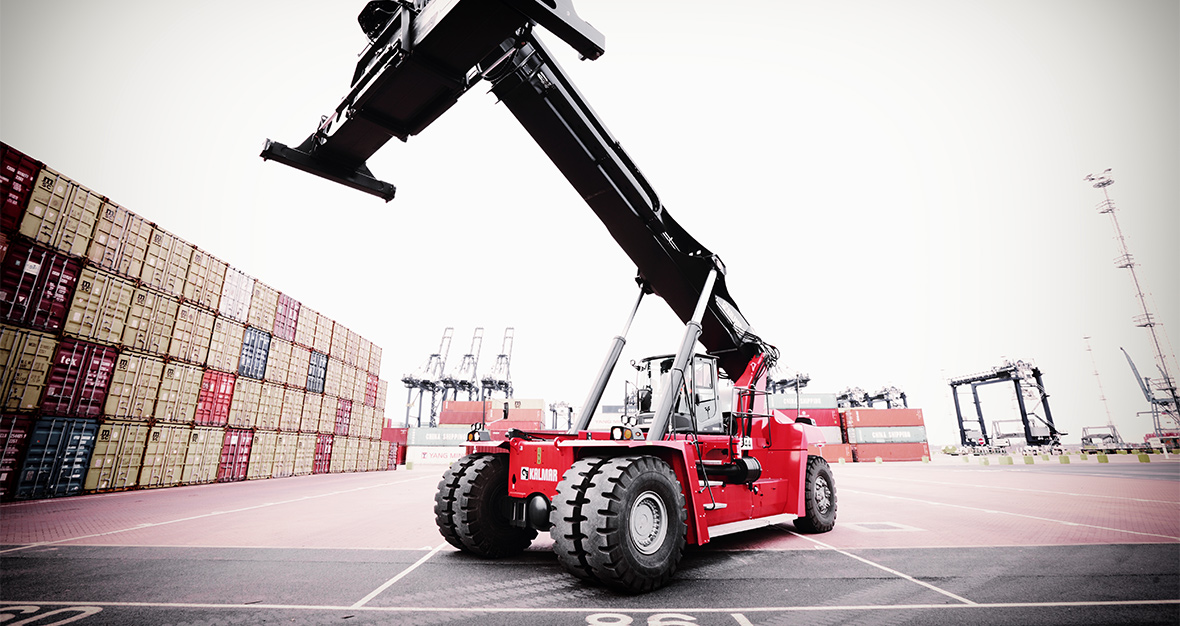Traditionally, we have been good at utilising simulations to verify what we have already developed before we begin construction. With optimisation-driven development we intend to become better at using simulations as early as possible in development.
Harald Hasselblad, Analysis Engineer for the Volvo Cars Group and an advocate of optimisation-driven development at Volvo Cars.
It can be said that, at present, design and calculation work iteratively. This means that, for example, a designer first outlines a structural component, which is then submitted to a calculator who creates a simulation in order to determine whether everything functions as intended by the designer. The results are sent back to the designer for the necessary changes to be made, and the updated design is then resubmitted to the calculator and so on.
The goal is to work more in parallel
The designer and calculator are required to wait for each other to complete their respective tasks, and one of the goals of optimisation-driven development is therefore to work in parallel to a much greater extent.
We want designers and calculators to work in concert with regard to structural development. A calculator must be able to sit down with a designer and provide the requisite support calculations in order to promptly simulate a new design instead of the design being sent back and forth.
Harald Hasselblad, Analysis Engineer for the Volvo Cars Group
In addition to the waiting times being shortened, it will also be easier for everyone involved to understand what is truly important in a design and which changes will provide the greatest impact. The most important load paths can be determined – how loads are distributed throughout the design, which parameters have the greatest effect on the intended result, and so on.
Easier to test existing solutions
By designers and calculators working closely together at the early stages, opportunities to identify and implement major changes can be increased without high costs. Using simulations early on in the process is also a good way to boost innovation.
If designs are drawn up in a conventional manner, past experience is frequently utilised which may make it difficult to challenge existing solutions. You know what worked before, but are oblivious to whether a different solution may perhaps work better. By utilising simulations early on, you can experiment more and find solutions which are not otherwise easy to identify from an engineering perspective.
Harald Hasselblad, Analysis Engineer for the Volvo Cars Group
"We established a technical knowledge network"
By using simulations in design development, Volvo Cars is able to test more alternatives and concepts prior to creating prototypes, which in turn will shorten development times and reduce costs. That's the idea, anyway.
About a year ago, we established a new arena for this in Volvo Cars called Optimization Culture Arena. Herein we cultivate cross-technical knowledge networks so as to forge a culture for optimisation-driven development and to demonstrate good examples of this in the organisation. We hope that working like this will become the norm, but we know it will take a few years to achieve.
Harald Hasselblad, Analysis Engineer for the Volvo Cars Group
A number of challenges remain which must be resolved before the full potential of optimisation-driven development can be realised. This includes recognising that which needs to be simulated at an early stage.
When we work conventionally to verify a design, we know exactly what we are calculating and can conduct detailed simulations which superbly describe the way the design will function. Doing this at an early stage is not of great interest since the whole point is to be able to simply amend the design and test different solutions. So, we need to focus on conducting more comprehensive simulations instead. Understanding precisely what should be evaluated early on is one of our major challenges.
Harald Hasselblad, Analysis Engineer for the Volvo Cars Group
Another challenge lies in understanding how new materials can best be used.
For example, there are exclusive composite materials which provide very effective solutions, but these are difficult to simulate at present and more research is required for us to be able to use them in our simulations.
Furthermore, they can be difficult to use in production, which is something that needs to be taken into consideration. For instance, aircraft construction is usually carried out in relatively small series, and it's possible to have a certain amount of manually assembled composites.
But our series constitute hundreds of thousands of vehicles, which necessitates that everything be designed for mass production.
Harald Hasselblad, Analysis Engineer for the Volvo Cars Group
The greatest challenge is working procedure
The greatest challenge, however, involves the working procedure. It is never easy to change behaviours and attitudes in a large organisation, especially when the organisation is already fully committed to working in a conventional manner.
We cannot compromise the work being done today, so we must somehow find time and resources to start working with simulations at early stages without this impacting on our ongoing work.
This means identifying projects that are just in the initial phase, convince those involved of the benefits of optimisation-driven development and provide them with the support they will need to work in a new way. This essentially requires creating a culture for optimisation at early stages.
The goal is for it to become standard practice to explain how a solution was developed, which optimisation methods were employed, how one worked with different concepts, etcetera, instead of – as is done today – only explaining that the design performs the way it does and not provide any additional information.
It will probably take a few years to get there, but we are already seeing increased commitment to optimisation-driven development, and I'm confident that we'll get there eventually.
Harald Hasselblad, Analysis Engineer for the Volvo Cars Group




